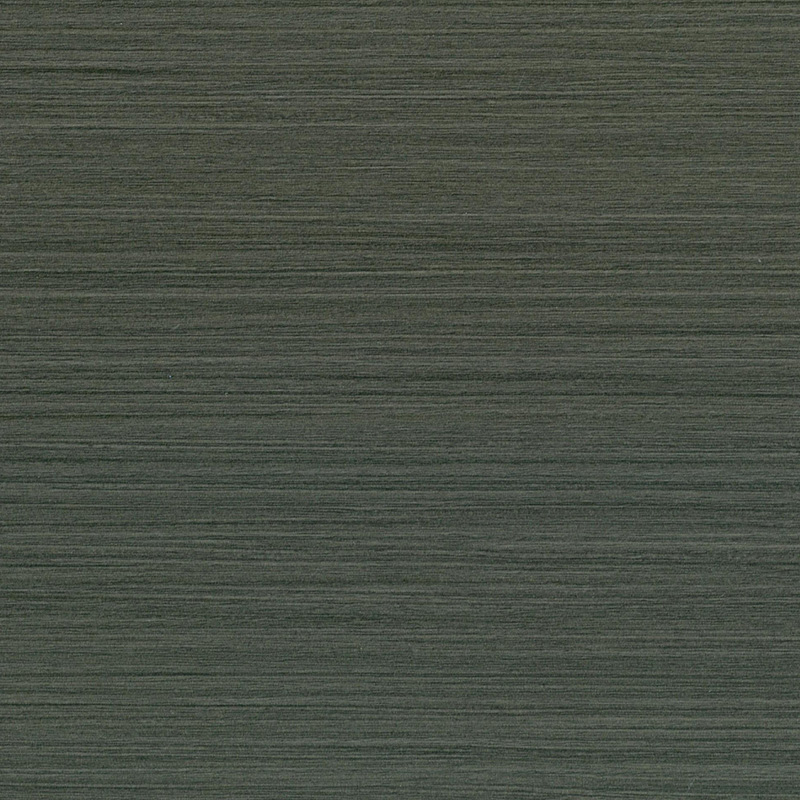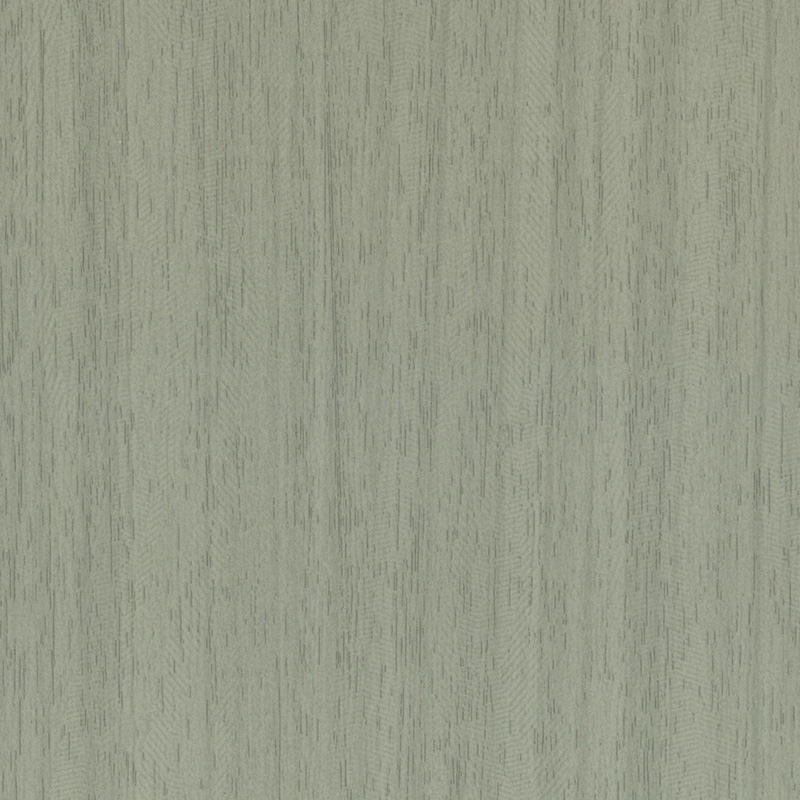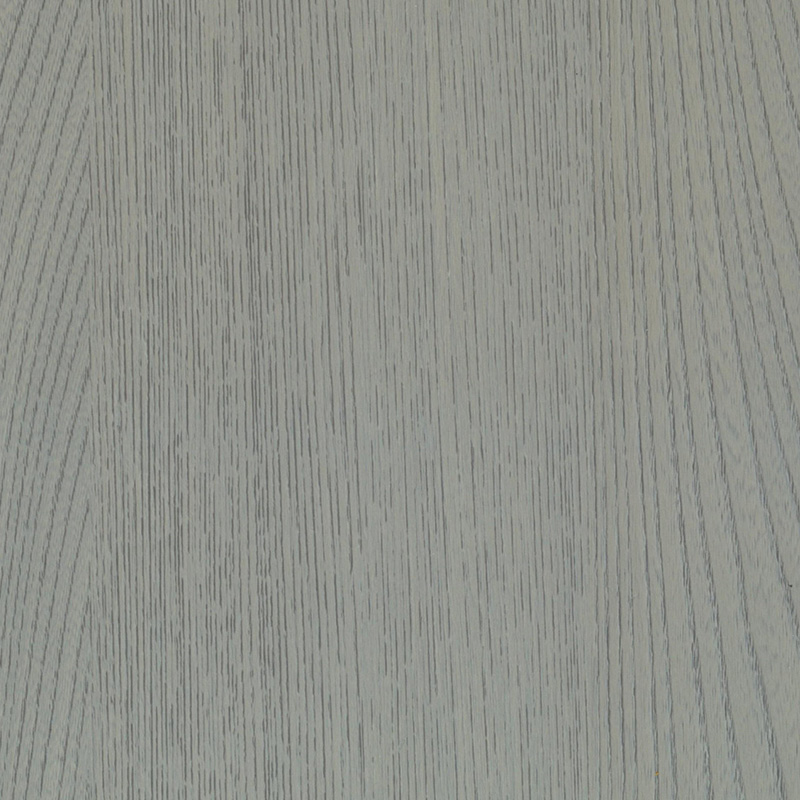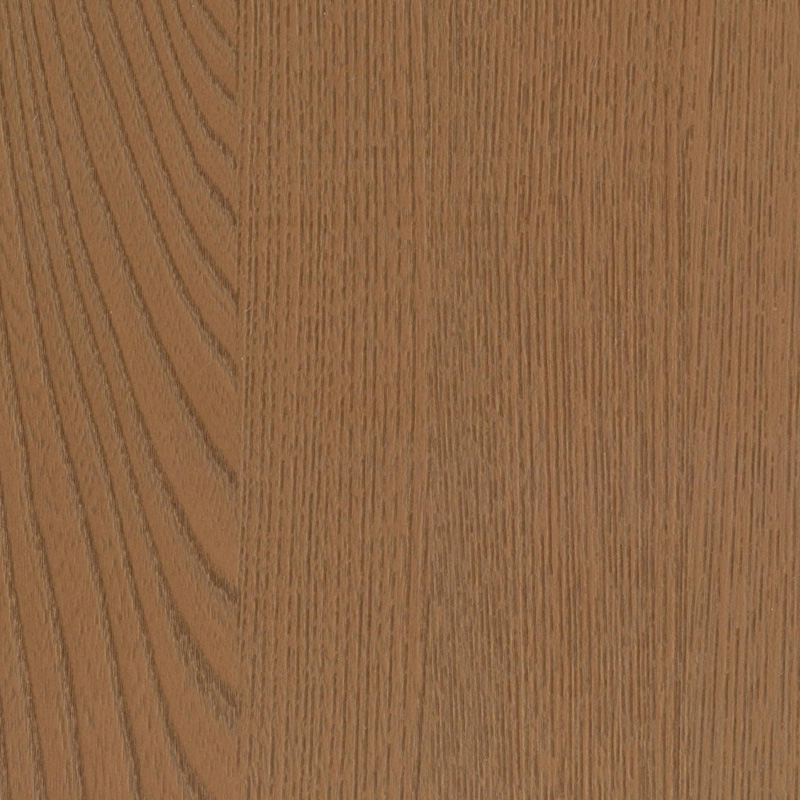Precision Using PVC Shrink Lamination Wrap
Cast PVC shrink lamination wrapping film offers a flexible, efficient solution for protecting and branding a variety of products. Manufactured by casting polyvinyl chloride into thin sheets and orienting them biaxially, this film combines uniform thickness with controlled shrink characteristics. When applied to containers, promotional items, or display pieces, it conforms tightly upon heating, providing a smooth, tamper‑resistant surface finish.
The film begins as a molten PVC resin mixture that is cast onto a chilled drum to form a continuous sheet. During casting, plasticizers and stabilizers are blended in to give the film flexibility and long‑term dimensional stability. After initial cooling, the sheet undergoes a stretching process in both the machine and transverse directions. This biaxial orientation locks in internal tension, which is released as uniform shrinkage when the film is reheated. Printed or plain films may receive a protective overcoat to resist abrasion and maintain print clarity.
Cast PVC shrink film typically ranges from 40 to 120 microns in thickness. Its controlled shrink ratio—often between 40% and 60% of the original diameter—ensures consistent conformity around cylindrical or irregular shapes. The film resists moisture and mild chemical exposure, and its tear strength prevents accidental rips during handling. Heat‑activated shrinkage creates a snug fit, enhancing surface protection against scratches and scuffs. Opaque, transparent, and metallized variants broaden design options without significantly increasing weight or bulk.
The smooth lamination finish highlights printed graphics, text, and color gradients, making the film suitable for branding and product identification. Transparent grades showcase underlying product details, while opaque or metallized films conceal imgoodions and introduce decorative effects such as metallic sheen or matte texture. The film’s consistent surface tension smalls wrinkling, producing a clean, professional appearance on packages or display units.
Cast PVC shrink lamination film is widely used in food and beverage packaging, personal care products, pharmaceuticals, and industrial goods. Beverage manufacturers apply it to bottle necks or full-body sleeves for regulatory labels and design elements. Cosmetic and toiletry lines use it to seal jars and tubes, offering protection and tamper evidence. In industrial contexts, the film can wrap tooling components or electronic housings, maintaining printed serial numbers and safety instructions in harsh transit conditions.
Applying cast PVC shrink film involves several precise steps:
Selection: Choose a film diameter and shrink ratio suited to the container or object size.
Preparation: Ensure the surface is clean, dry, and free of dust or oils.
Positioning: Slide a pre-cut length of film over the item, aligning any printed areas.
Heat Treatment: Use a heat tunnel, hot air gun, or infrared heater to apply even warmth. Rotate or convey the product to promote uniform shrinkage.
Cooling: Allow the film to cool and set; inspect for wrinkles or misaligned graphics.
Once applied, the film resists condensation and moderate abrasion, allowing easy wiping with a soft cloth and mild detergent. To remove, an edge can be lifted and the film peeled away smoothly. The underlying surface remains largely unaffected, facilitating repackaging or reuse.
While PVC recycling options vary by locale, cast PVC shrink film can be reclaimed through specialized programs. Low‑plasticizer formulations reduce potential environmental impacts. In many cases, manufacturers design the film for recovery in municipal or industrial recycling streams.
In summary, cast PVC shrink lamination wrapping film combines dimensional precision, surface protection, and design versatility. Its controlled shrink behavior and straightforward application process make it a practical choice for a broad range of packaging and labeling needs.

 English
English русский
русский Español
Español عربى
عربى Deutsch
Deutsch





